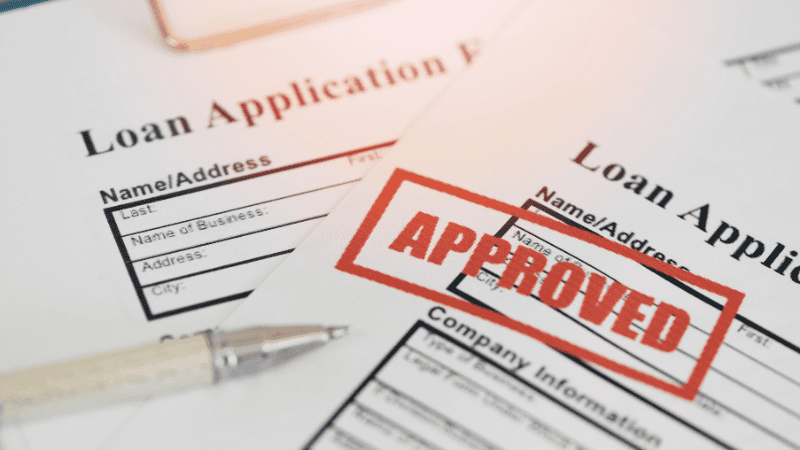Last updated: August 2025
At Salute Mortgage, we help Texans—especially veterans, families, and move-up buyers—avoid unnecessary Private Mortgage Insurance (PMI) on conventional loans. PMI can add hundreds to your monthly payment and thousands to your total mortgage cost, but with the right plan, you can reduce or even eliminate it from the start.
As a veteran-founded lender, we combine national lending power with the personal service of a hometown advisor. We’ll walk you through each PMI avoidance strategy so you can make confident, informed decisions about your Texas home purchase.
What Is PMI and Why Texas Borrowers Pay It
Private Mortgage Insurance protects the lender if you default on your loan. Most Texas conventional loans require PMI when your loan-to-value ratio is above 80% (meaning you put down less than 20%).
Here’s what Texas homebuyers should know:
- PMI only protects the lender—not your investment
- Cost range: 0.3%–1.5% of the loan amount annually
- Example: A $400,000 Texas home with 10% down could mean $90–$450/month in PMI
- PMI remains until you reach 78% LTV (or 80% if you request removal)
In high-value Texas markets like Austin, Dallas, and Houston, PMI costs are higher, making avoidance strategies even more valuable.
Let’s Build Your Path to Homeownership
At Salute Mortgage, we combine veteran-led guidance with clear, tactical support—whether you're buying your first home, refinancing, or planning for long-term equity.
Strategy 2: Use an 80-10-10 Piggyback Loan to Avoid PMI
How it works:
- Primary mortgage: 80% of the home price
- Second mortgage: 10%
- Down payment: 10%
This keeps your main loan at 80% LTV—avoiding PMI entirely.
Benefits:
- Often cheaper than PMI premiums
- Potential tax-deductible interest (consult a tax pro)
- Flexibility to pay off the second loan faster
With Salute: We’ll run side-by-side cost comparisons between piggyback loans and traditional PMI so you can see the difference clearly.
Strategy 3: Choose Lender-Paid Mortgage Insurance (LPMI)
How it works: The lender pays your PMI upfront, and you accept a slightly higher interest rate—typically 0.125%–0.375% more. This eliminates monthly PMI payments.
Benefits for Texas buyers:
- No monthly PMI line item
- Higher interest can be tax-deductible
- May improve debt-to-income ratios for qualification
Best for: Borrowers who plan to sell or refinance in 5–7 years. Over the long term, the higher interest rate can outweigh PMI savings.
With Salute: We’ll determine your break-even point so you can choose the most cost-effective option.
For borrowers with lower credit scores, FHA loans may offer better alternatives to conventional loans with PMI.
Strategy 4: Remove PMI Faster Through Equity Growth
Even if you start with PMI, you can remove it early with:
- Texas home value appreciation
- Extra principal payments from bonuses, tax refunds, or profit sharing
With Salute: We’ll help track your equity milestones so you know exactly when to request PMI removal.
Other PMI Avoidance Options in Texas
- Gift funds – Family gifts can boost your down payment to 20% (requires documentation)
- Down payment assistance – Texas offers programs for first-time buyers, educators, and first responders. The Texas State Affordable Housing Corporation offers down payment assistance programs for teachers, firefighters, police officers, and other qualifying professionals.
- VA loans – For eligible veterans and active-duty service members, VA loans have no PMI, no matter your down payment.
As VA loan specialists, we know how to maximize your entitlement and use Basic Allowance for Housing (BAH) to increase buying power.
Learn more about VA loan benefits and qualification requirements through Salute Mortgage’s comprehensive VA home loan program.
Your Next Step Toward PMI-Free Homeownership in Texas
At Salute Mortgage, we believe you deserve clear numbers, honest advice, and the fastest path to your goals. Whether you’re ready to put 20% down, structure a piggyback loan, or explore LPMI, our team will help you compare your options and avoid unnecessary PMI costs.
Ready to explore PMI-free Texas conventional loans? Let’s run the numbers together and find your best path to affordable homeownership.



